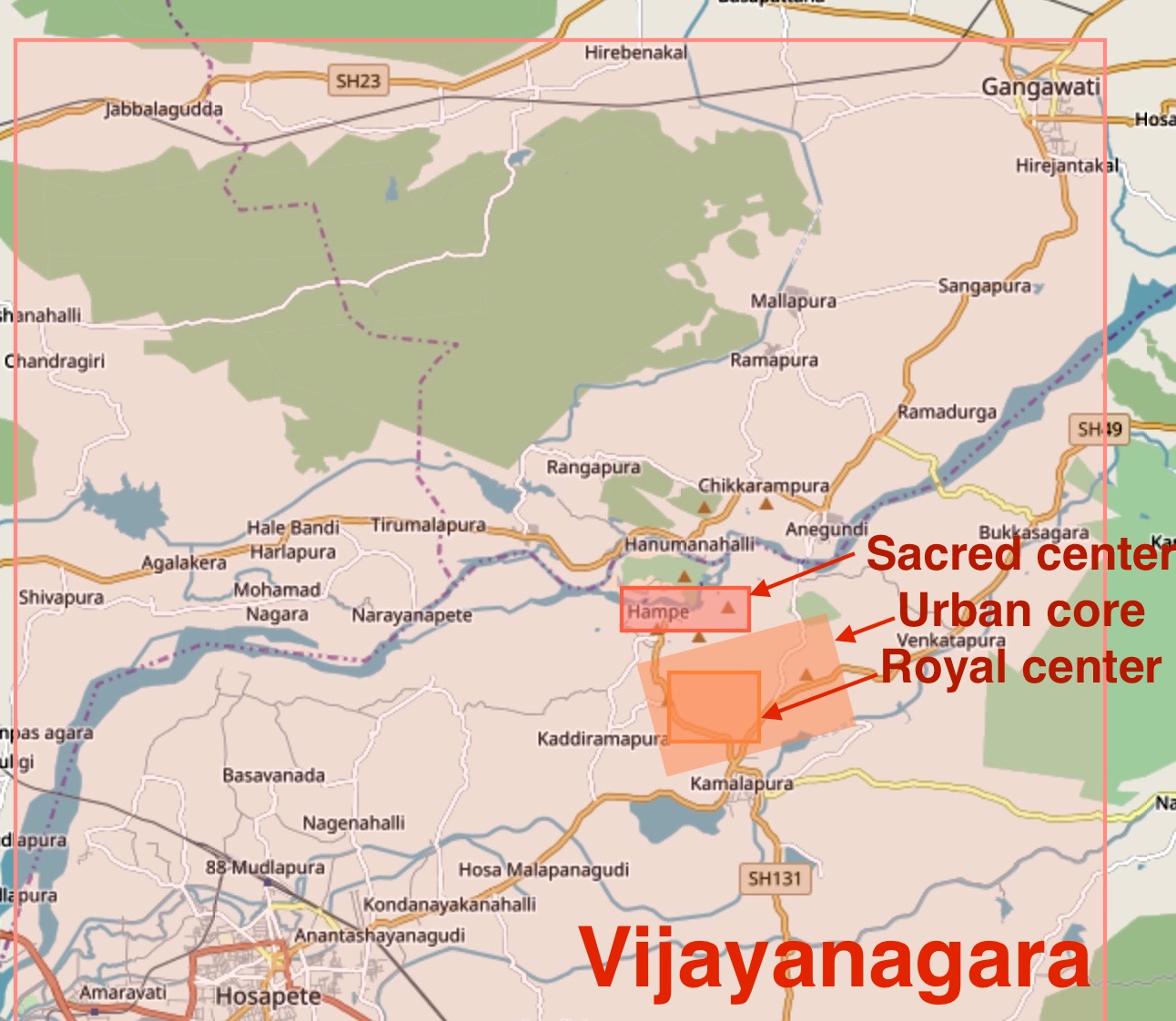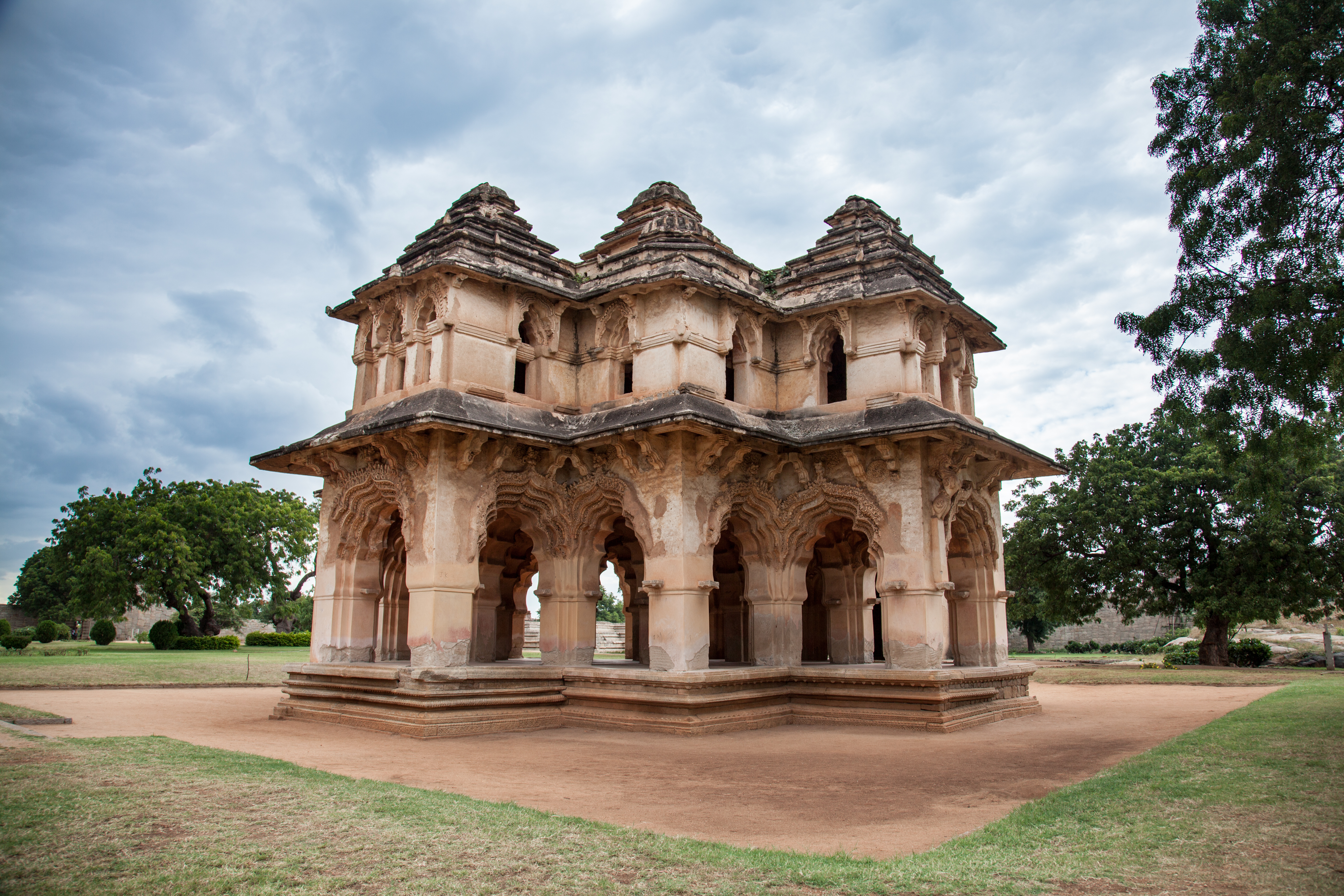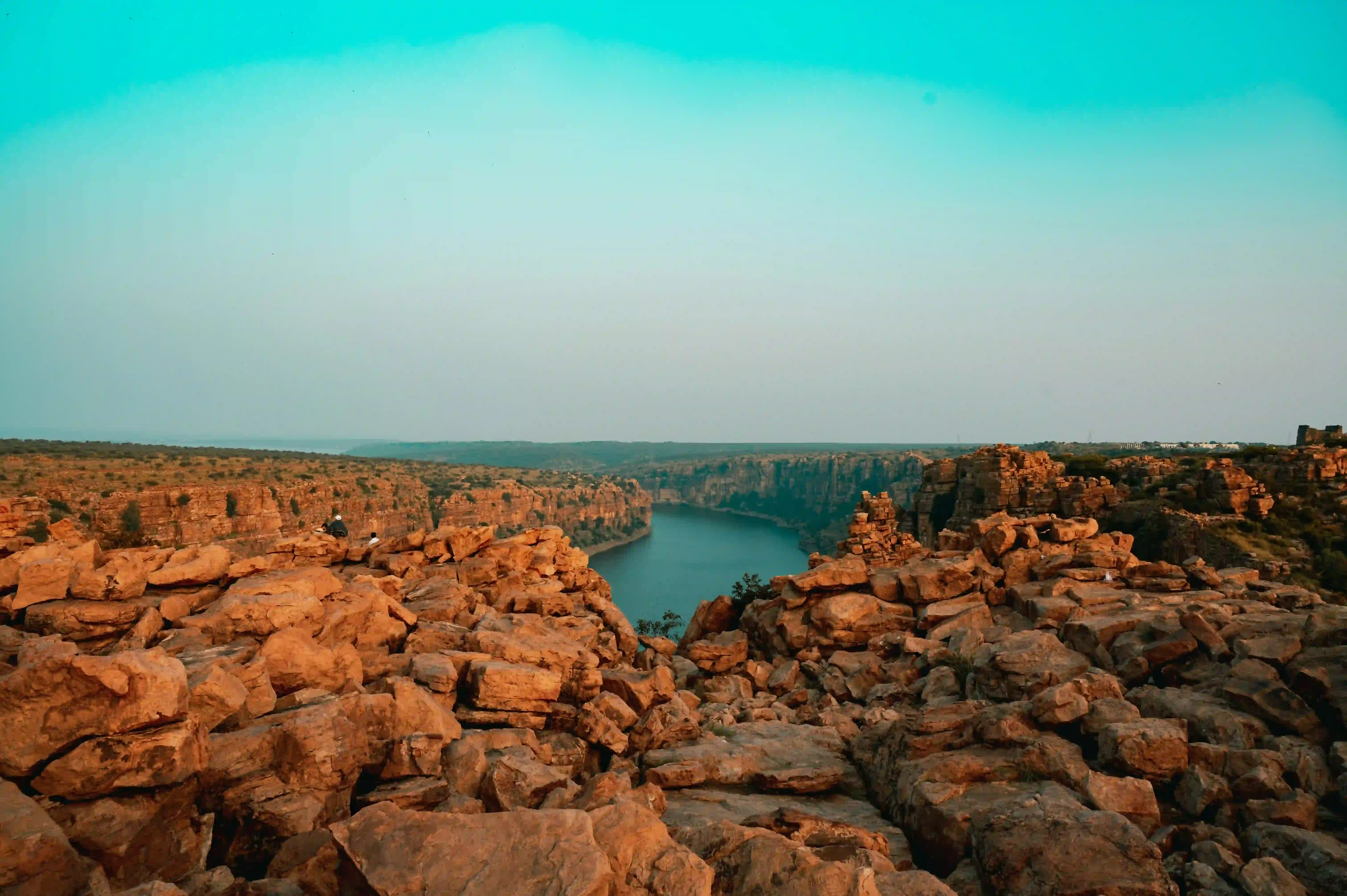The Achyutaraya Temple stands as a profound testament to the architectural and spiritual legacy of the Vijayanagara Empire, embodying centuries of cultural sophistication and religious devotion. Situated at the foot of Matanga Hill in Hampi, this magnificent structure represents more than mere stone and mortar—it is a narrative etched in granite, telling stories of royal patronage, artistic excellence, and spiritual significance.
Commissioned in 1534 AD by King Achyuta Raya and patronized by his brother-in-law Hiriya Tirumalaraja, the temple emerged during a period of remarkable cultural flowering. Its dedication to Lord Tiruvengalanatha, an incarnation of Vishnu, reflects the deep spiritual underpinnings of the Vijayanagara civilization, where religious devotion intertwined seamlessly with artistic expression and political power.
The temple's architectural marvel lies in its quintessential Dravidian style, characterized by massive dimensions, intricate carvings, and expansive courtyards. Local granite, burnt bricks, and lime mortar were meticulously used, showcasing the advanced construction techniques of the era. Towering gopurams and cloistered enclosures speak to the sophistication of medieval South Indian temple architecture, each stone seemingly whispering tales of bygone grandeur.
Geographically positioned near the Tungabhadra River, the temple offers breathtaking panoramic views of Hampi's archaeological landscape. Its location is steeped in mythological significance, with many believing this region to be the legendary Kishkindha from the Ramayana, where Rama and Lakshmana encountered Hanuman—a narrative that transforms the site from mere architectural remnant to a sacred geographical entity.
The socio-political context of the Vijayanagara Empire provides crucial understanding of the temple's creation. A period of remarkable prosperity, intellectual pursuits, and artistic brilliance characterized this era. However, this golden age was not eternal; the empire's wealth attracted the enmity of surrounding Muslim Sultanates, culminating in the devastating Battle of Talikota in 1565, which led to Hampi's eventual abandonment and destruction.
Despite its ruined state, Achyutaraya Temple continues to captivate visitors and scholars alike. Its intricate carvings, architectural precision, and spiritual ambiance offer a profound glimpse into a civilization that valued artistic excellence and spiritual depth. The temple serves as a silent narrator of a complex historical narrative, bridging ancient traditions with contemporary understanding.
The site's inclusion in the UNESCO World Heritage Site of Hampi underscores its global significance. It represents not just a religious structure, but a comprehensive cultural artifact that provides insights into the social, artistic, and spiritual dimensions of medieval South Indian civilization. Each weathered stone and fallen pillar becomes a repository of memories, waiting to be understood and appreciated.
Modern visitors to Achyutaraya Temple experience more than a historical monument—they encounter a spiritual landscape that transcends temporal boundaries. Open from 6:00 AM to 6:00 PM without entry fees, the temple invites exploration, reflection, and a deep connection with a rich, multifaceted cultural heritage that continues to inspire and intrigue.








